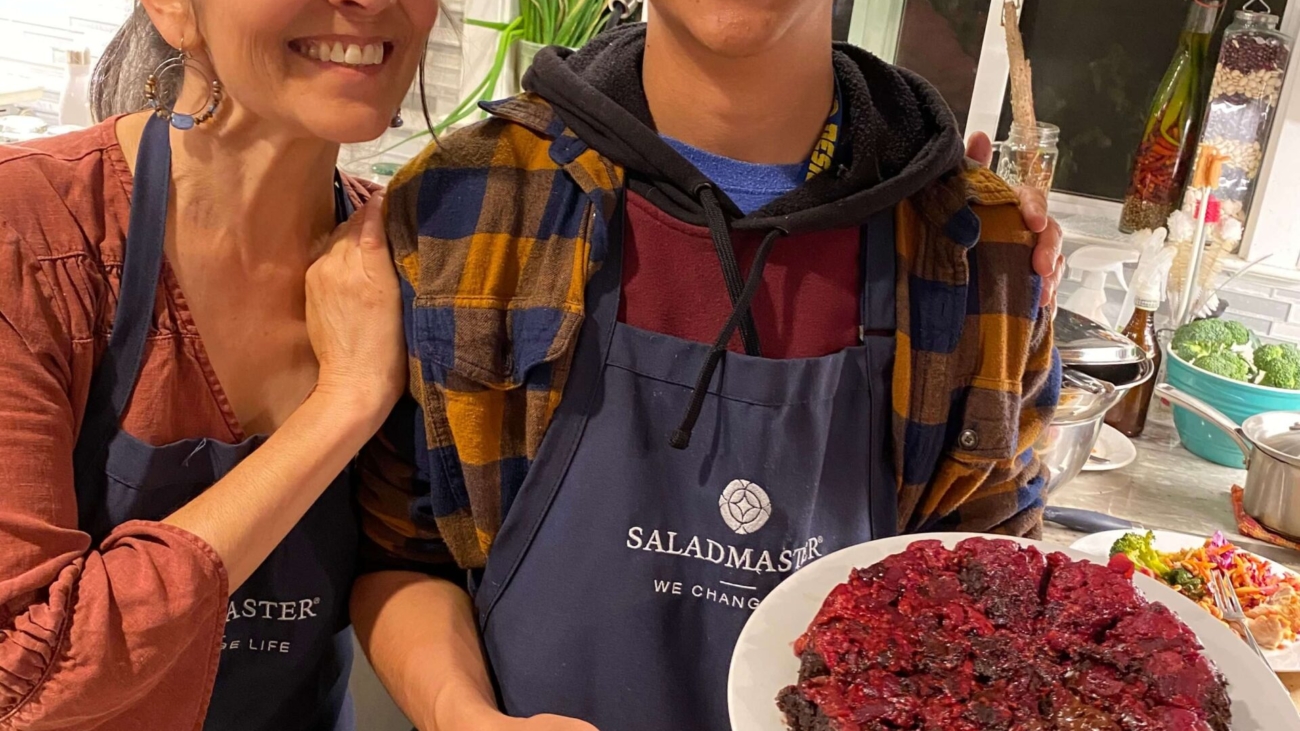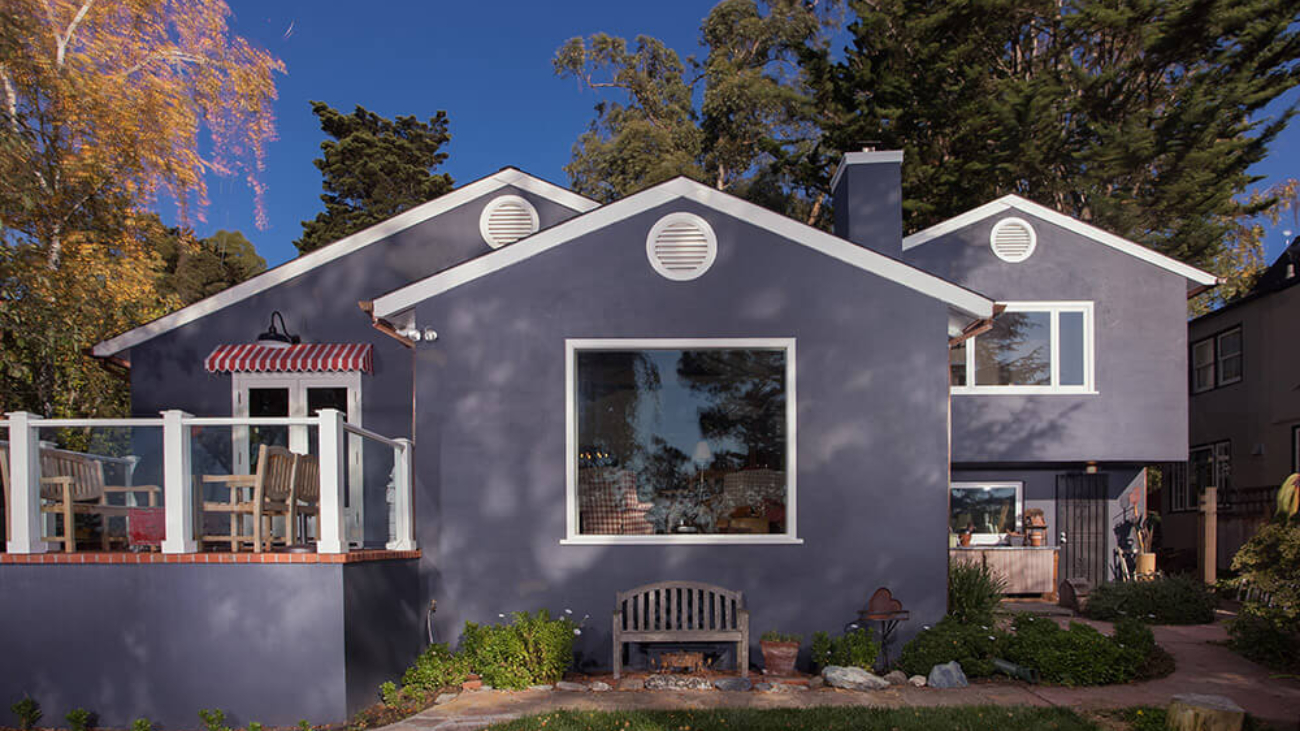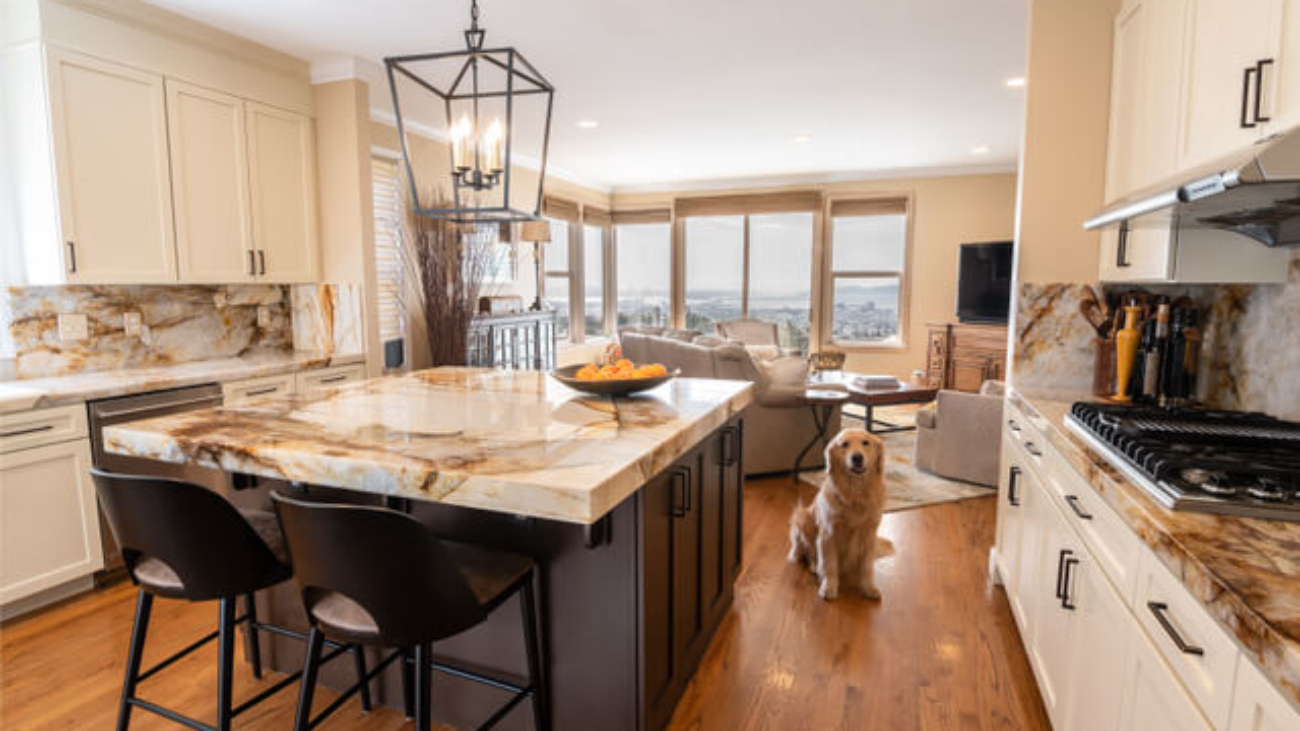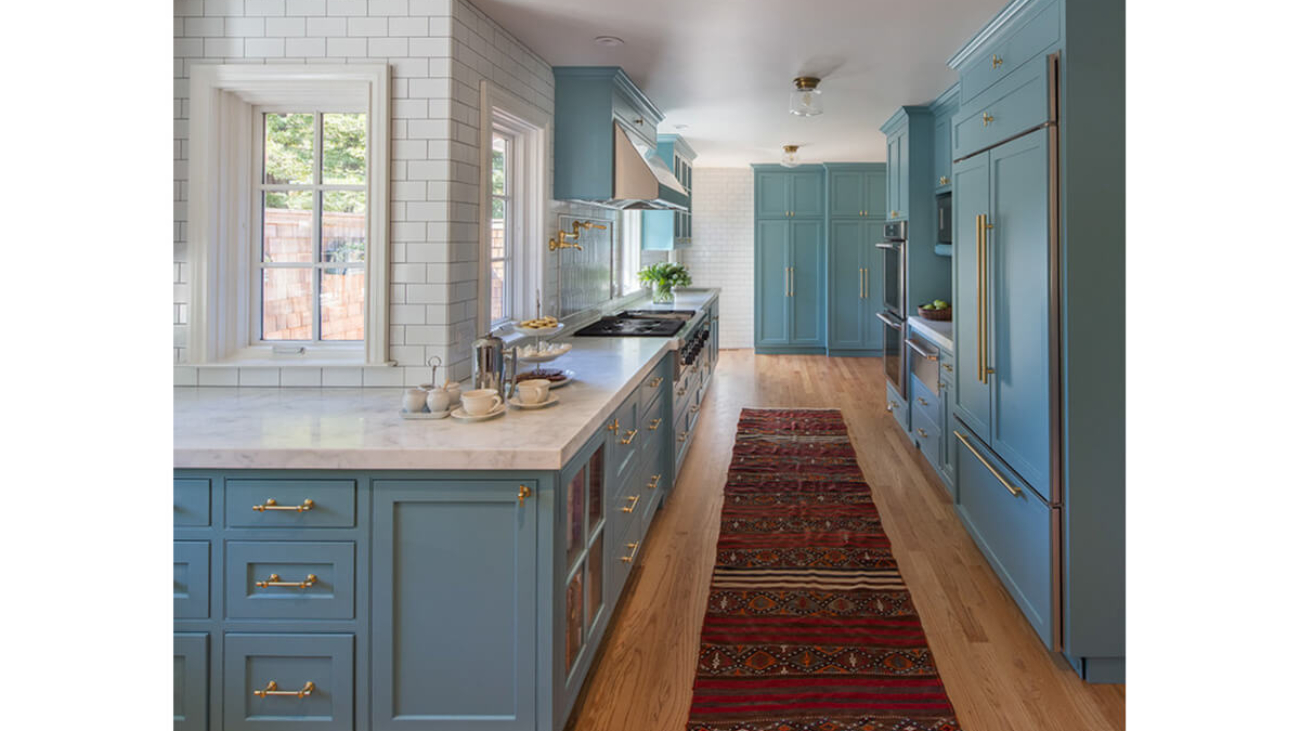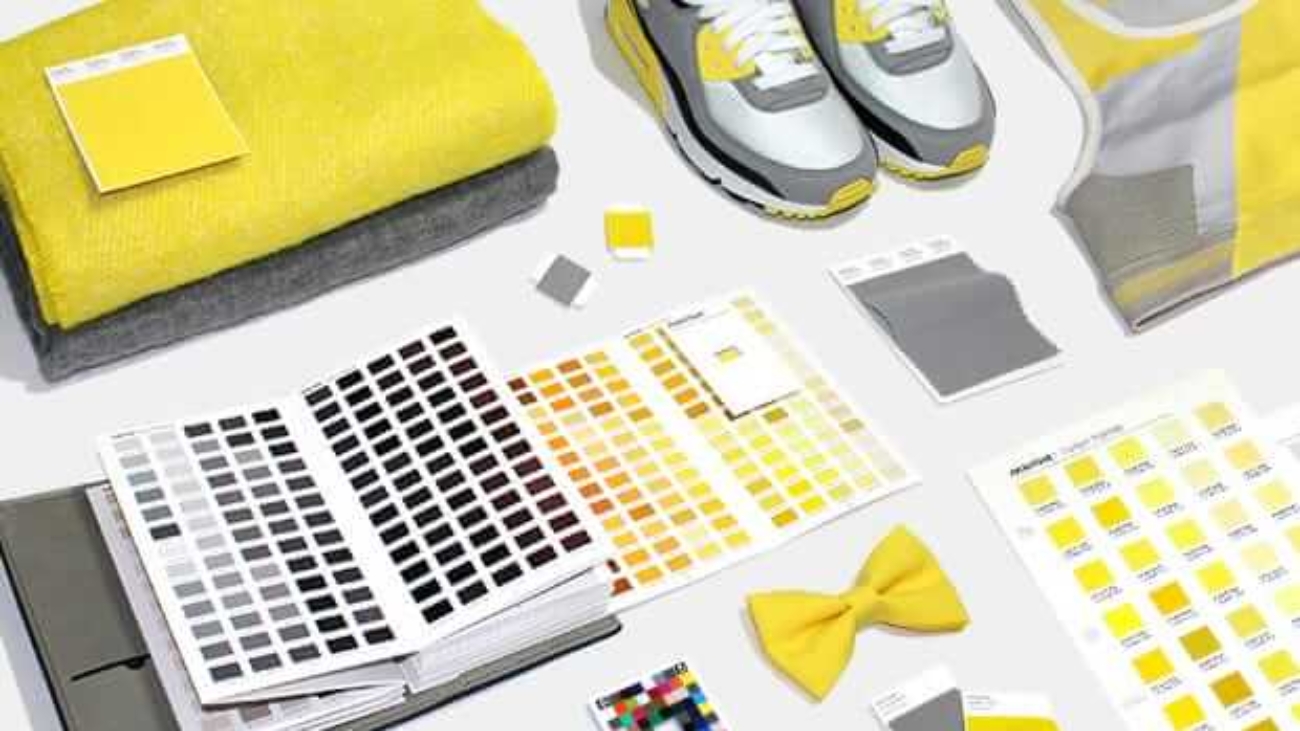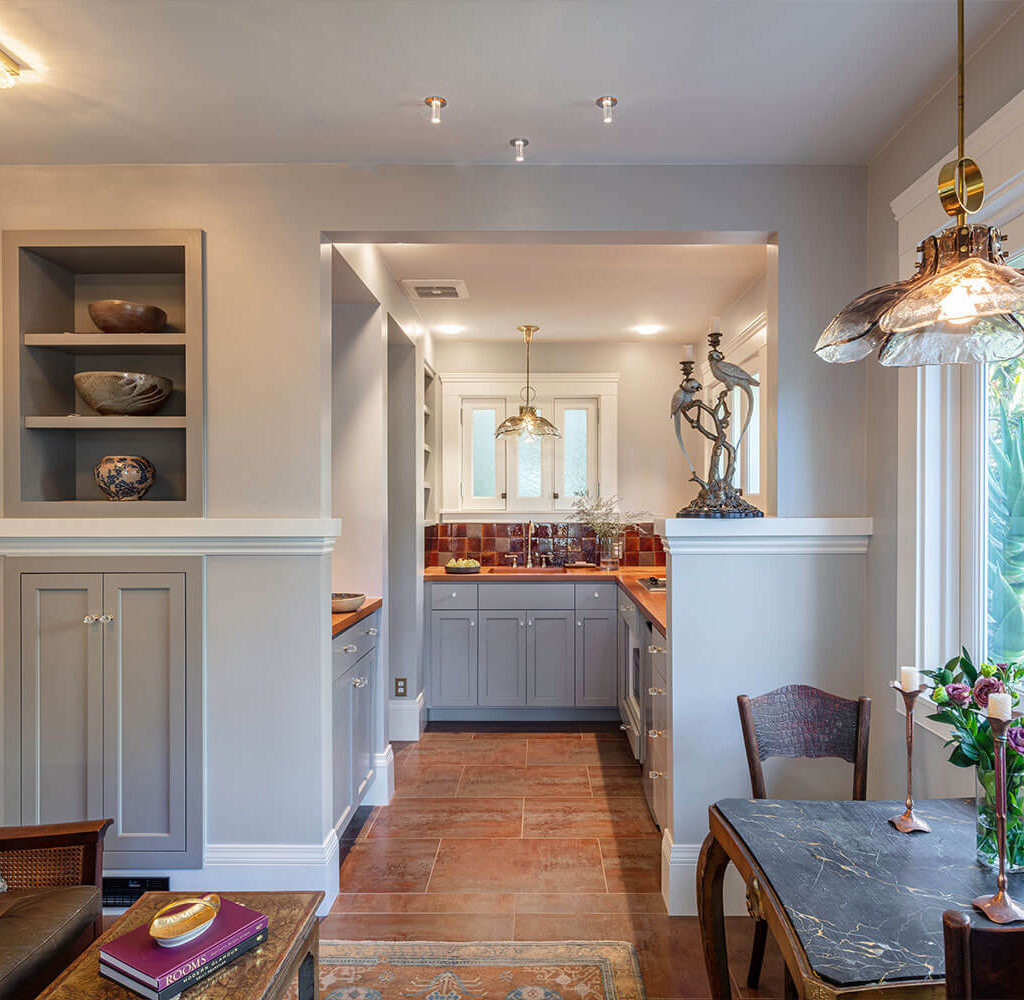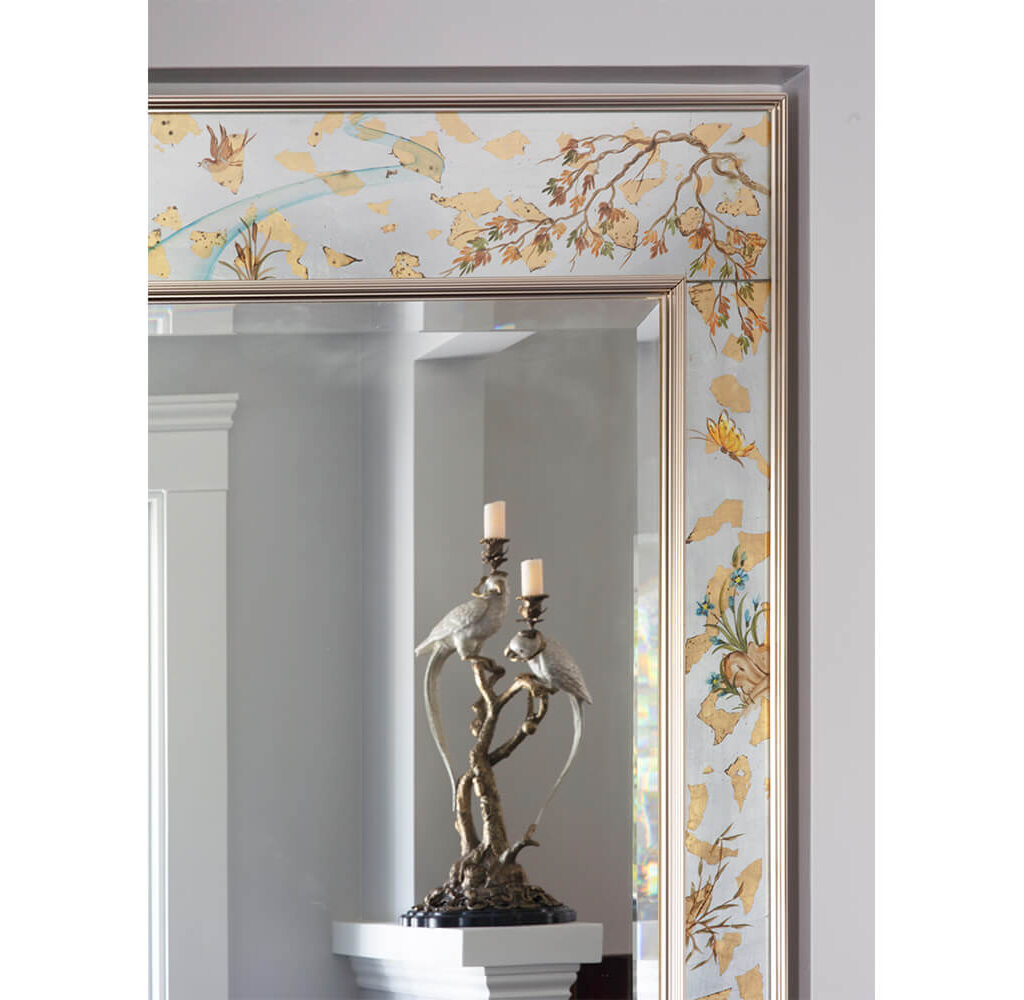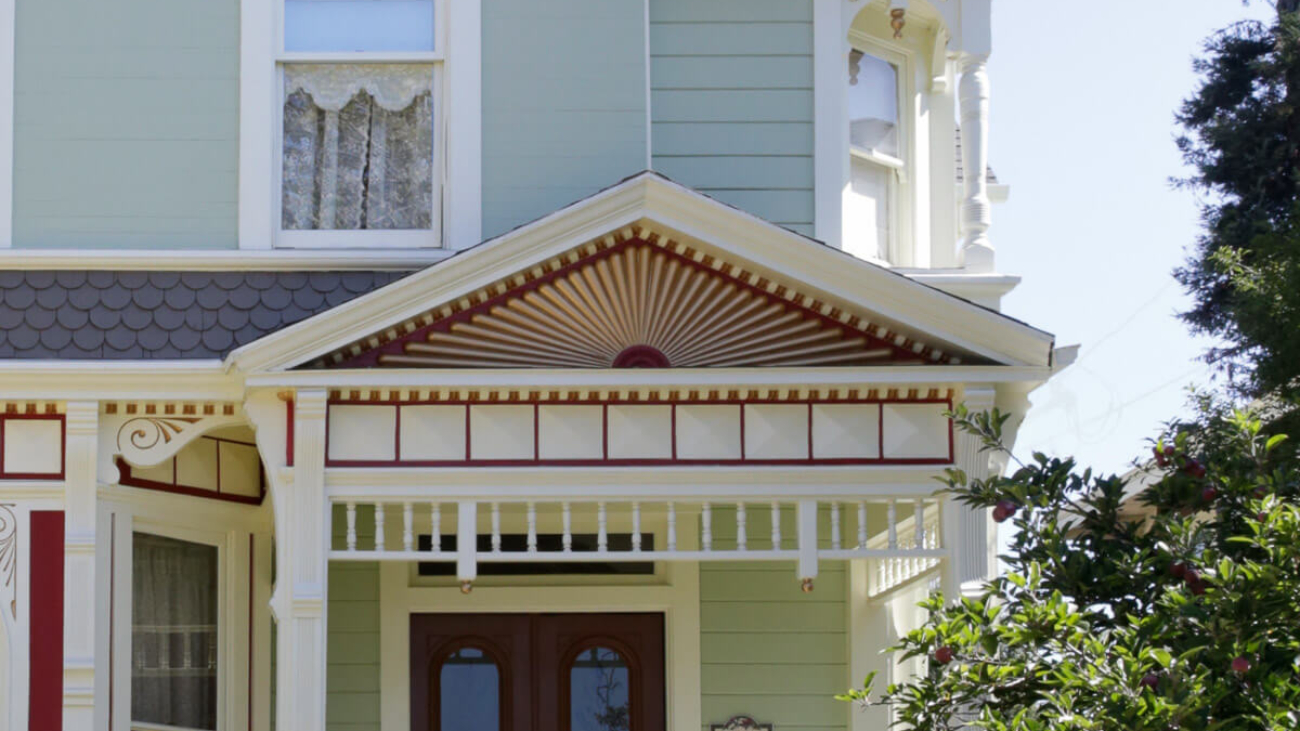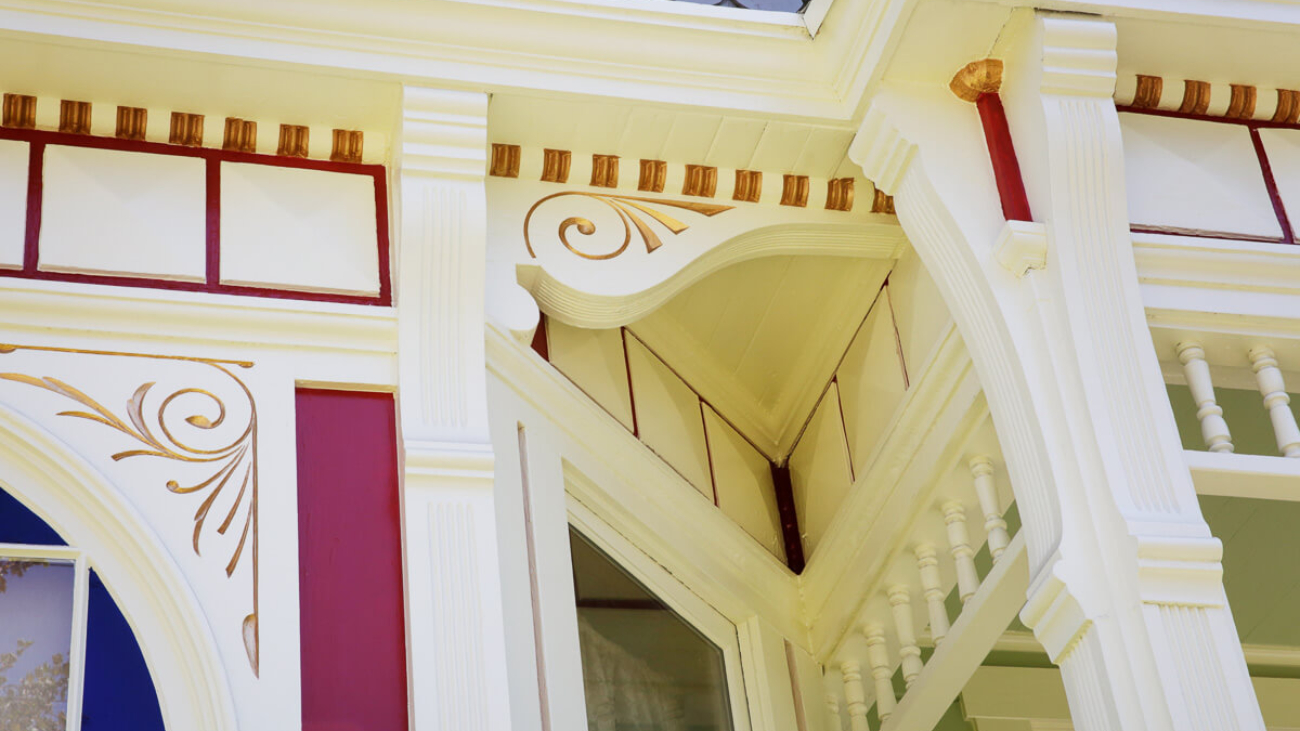Lisa Zapata and her son Zack want you to be healthy and happy. To that end, they offer free product demonstration parties at which they prepare and then feed to the attendees a five-course vegan meal — using a set of cookware known as Saladmaster. The health benefits from the cookware are profound and equally profound is Lisa and Zack’s story. Catherine owns a few choice pieces and loves them. Thus, we are sharing this story about the Zapata family and Saladmaster with you, in advance of arguably the biggest cooking holidays of the year. Salud and Bon Appetit!
Lisa Zapata has always been passionate about food and nutrition. She is a teacher who has long specialized in sharing information that promotes health and wellness. She is also a widow. Her husband passed away in 2008 after a lengthy, protracted battle with cancer, as well as complications from treatment and the side effects of chemotherapy.
One day, just last year, a friend invited Lisa to attend a Saladmaster demo in her home. Lisa had seen the Saladmaster’s iconic product in action — a simple hand-crank food processor — several years ago at a health expo in San Mateo. She accepted the invitation to the demo and her whole life changed.

“I was blown away by the information presented,” Lisa recalls, adding, “They lure people in with the most delicious salad,” she laughs. “But there is so much more. The cookware, the technology, the healthy cooking surface, the way food retains its nutrients. I told my son, ‘I am so sorry I’ve been cooking on shoddy old cookware.’”
As Lisa says, that day, she “invested.” This word is not used lightly as the surgical-grade stainless steel with titanium cooking system carries a hefty price tag. Especially for a single mom. The full set costs in the thousands. “But, I told him, ‘We need to get this cookware, and we need to share this information with other people.’ Our family has had experience with illness and death, and we understand the importance of health.”
She was serious about the word “we.” Zack, age 16 at that time, immediately became her sous chef as Lisa embarked on her own cooking demos, in her and other people’s homes.

Her gentle nature, her teaching skills, her personal experience, and of course the compelling product, catapulted her to 7th place on the West Coast by the end of her first year as a sales representative with the company.
“Health is what I am about,” Lisa notes. “I was sharing Saladmaster with my friends and my community, like any product I come across that I want to recommend. In everything I do, I am all about getting the toxins out. And that’s what using Saladmaster cookware does for people.”
She is also quick to point out that the high price tag pays back, with dividends. Explaining that the system essentially replaces oven cooking with lower-heat stovetop cooking, a more energy-efficient mode. “With an oven, 70% of the heat escapes. On the stovetop, you retain that energy, and over time, there’s your savings! Also, we are basically destroying food’s nutrition when we do high-heat cooking. Now I understand that with low to medium heat, and letting food cook in a vacuum, not only does the food retain its nutrients, but the flavor is amazing, too. With other cookware modes, grilling, baking, boiling, stir-frying, the microwave, the Instant Pot, food retains only 2-to-35% of its nutritional value, on average. With Saladmaster, food retains an average of 93% of nutrients! And minus the metals that leach out of other types of cookware. I don’t feel compelled to buy all of the vitamins and supplements anymore because I’m getting what I need from my food.”
As for Zack, he loves the work experience, and he shares his mother’s passion for helping others.
Lisa says, “Sometimes when I feel like I might be burning out, my son says, ‘Remember why we are doing this, Mom. It’s for something greater. We are in it because we want to change lives.’”
The Zapatas are indeed part of a worldwide movement. “Saladmaster has been around for 75 years,” Lisa notes. “I have met people who have had their cooking systems for 30 years. It’s a global company, with sales in 67 countries. Their motto is ‘We change life.’ Not just lives. Your whole life. In my case, that has definitely been true.”
Lisa and Zack are available to perform in-home demos, including bringing all of the ingredients and cooking a full meal, for you and your friends (minimum of six singles or three couples). Call or text her for more information about hosting and to schedule: (510) 775-3798. NOTE: Mention Arana’s newsletter when you call and Lisa will add a free beveled spatula to your hosting gift.
